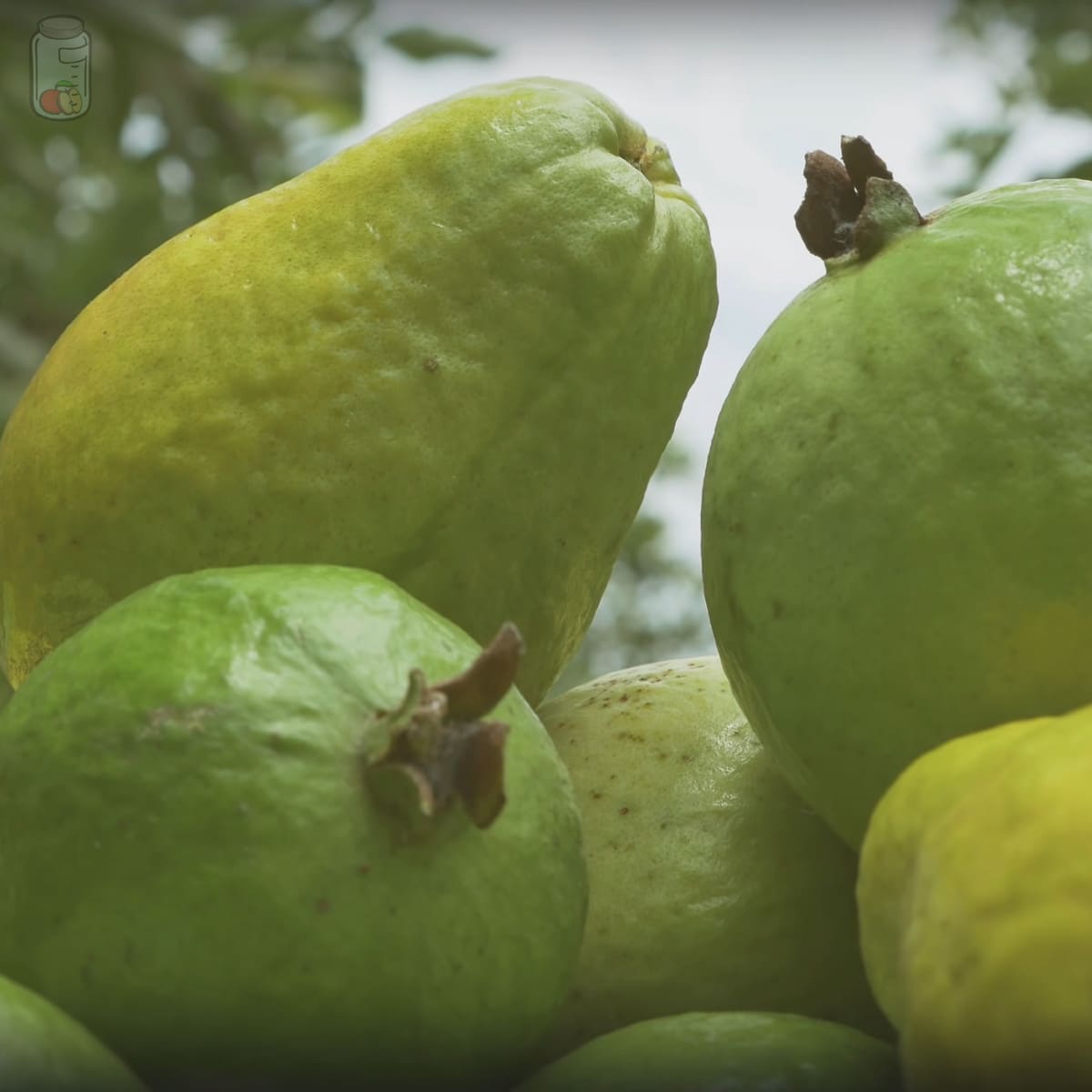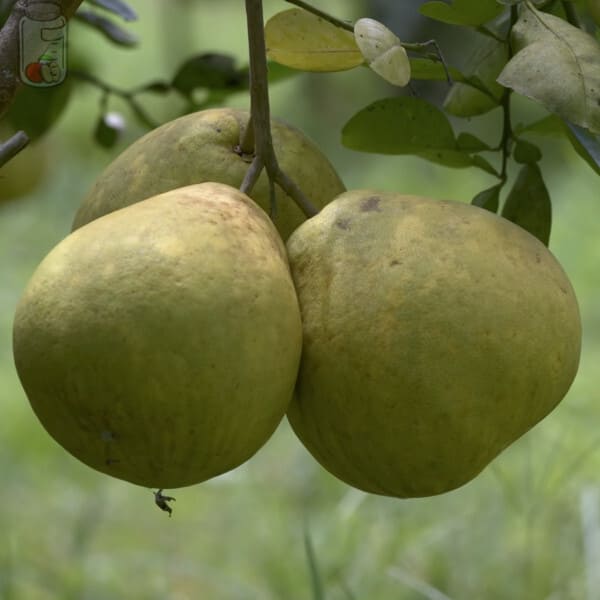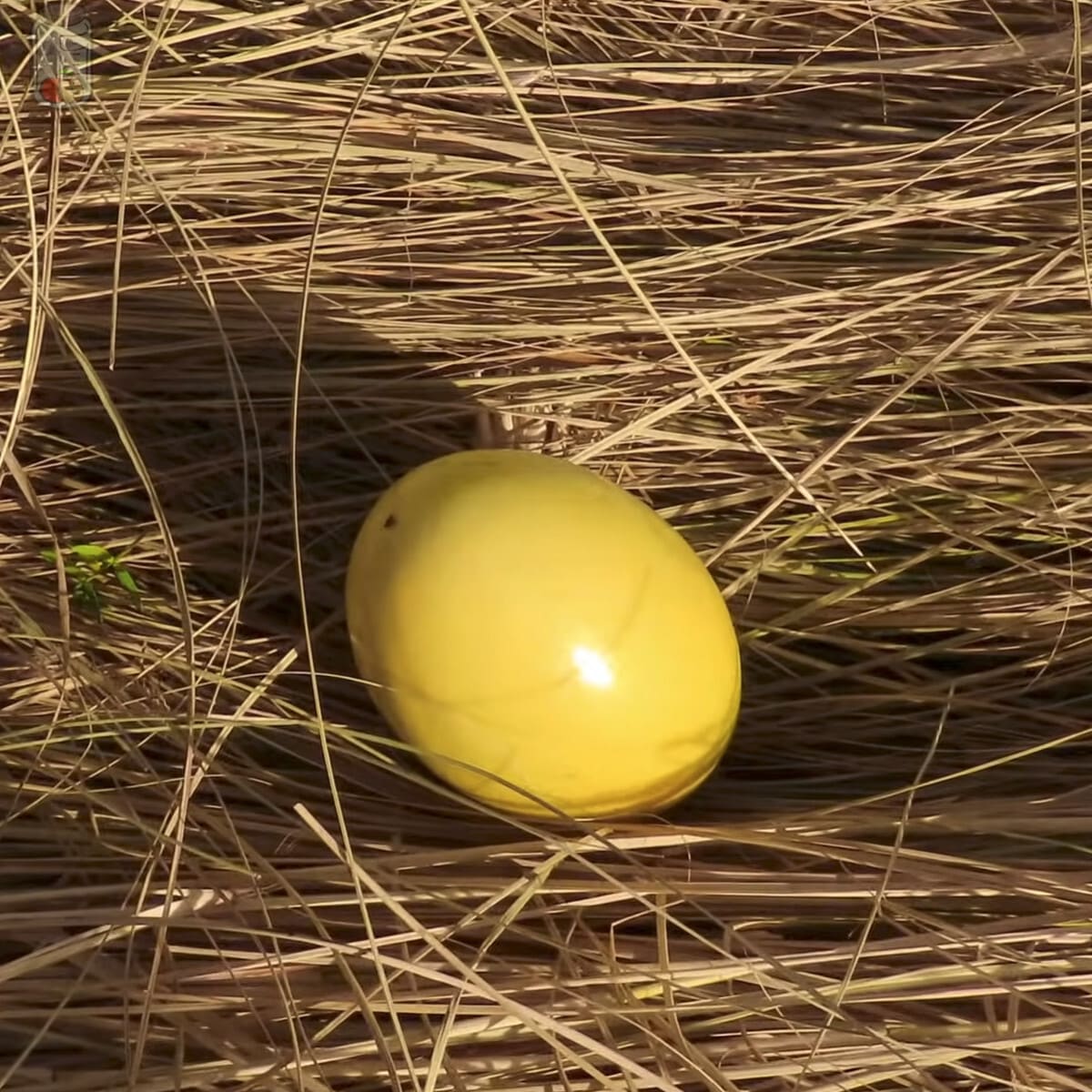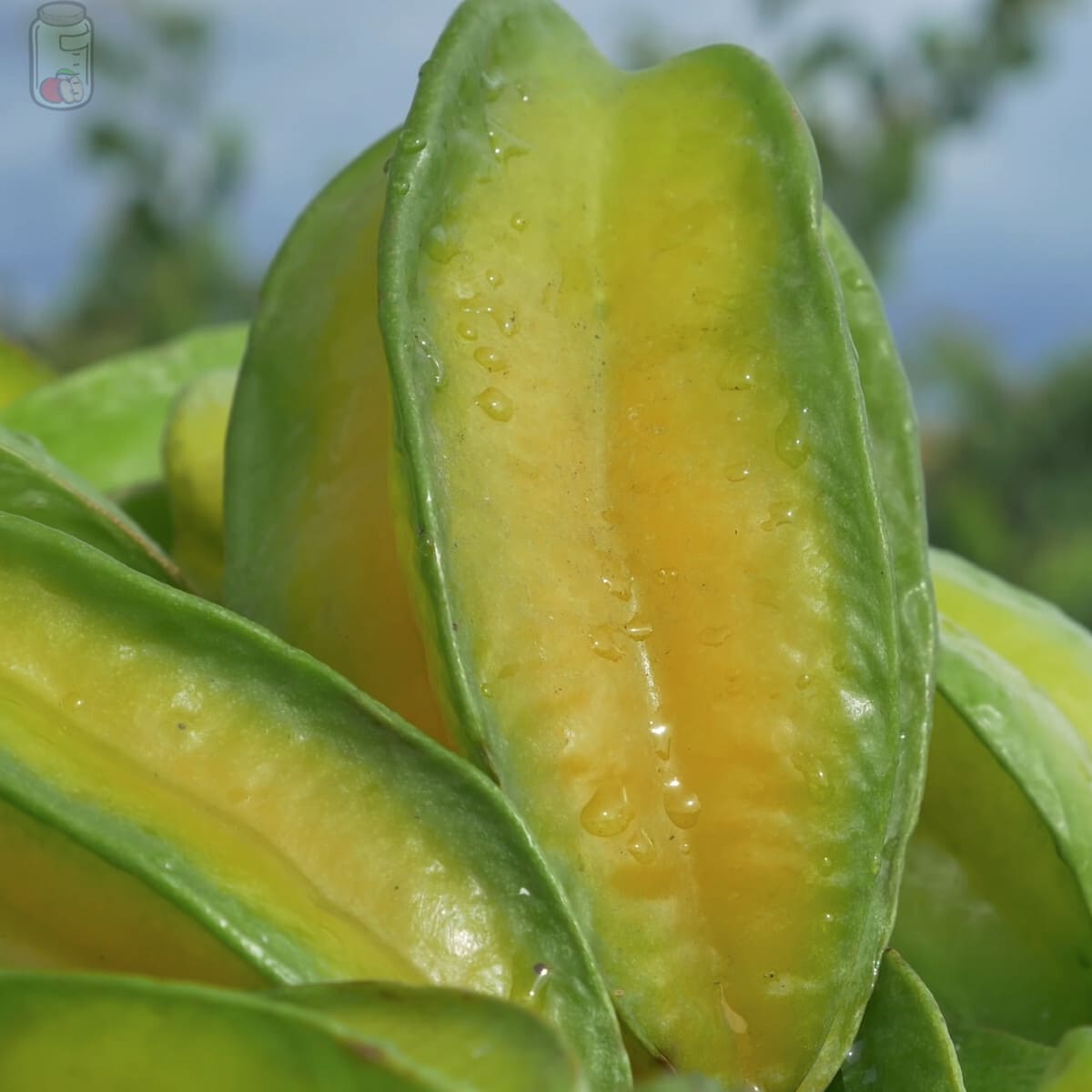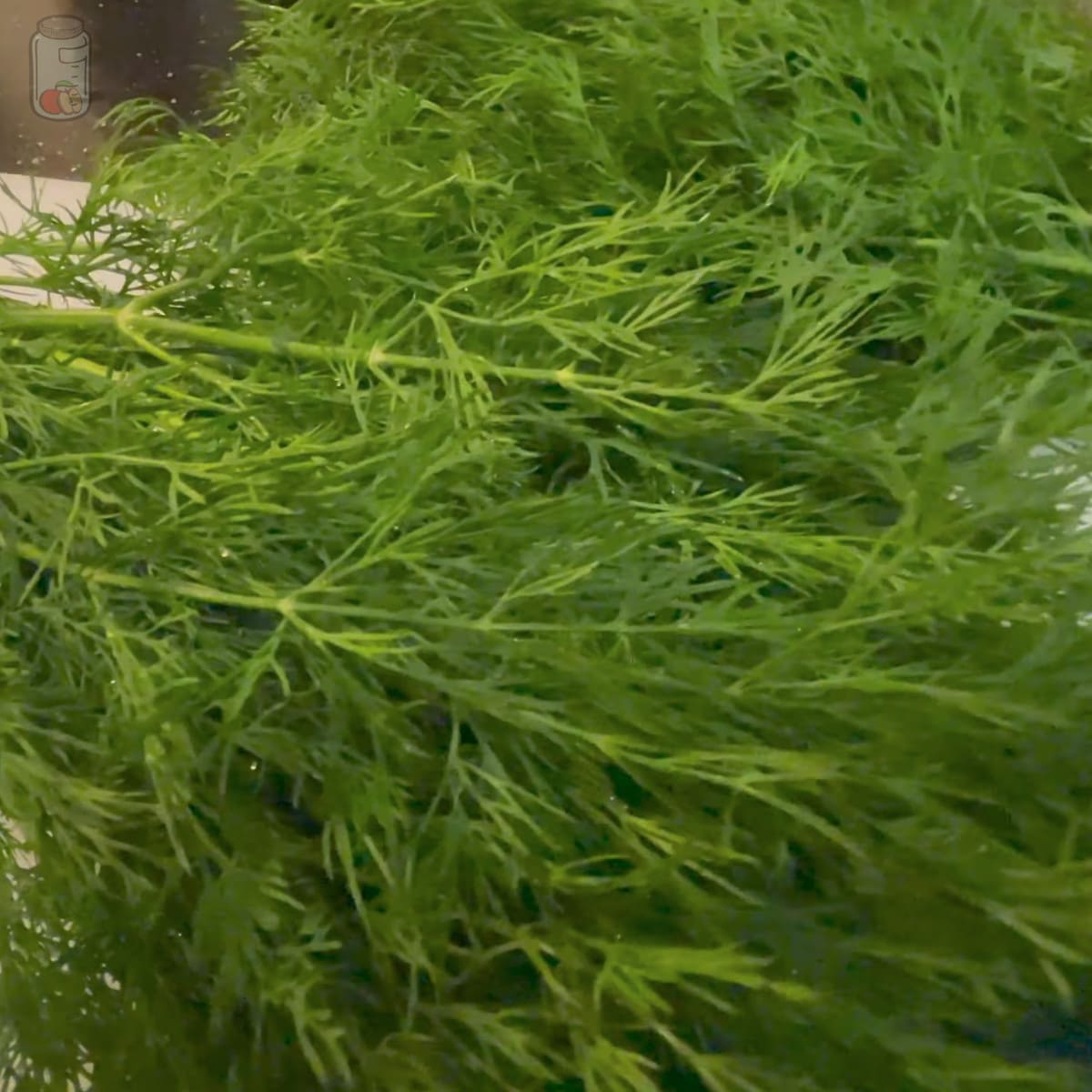Guava is a widespread tropical fruit in Latin America. It usually has soft skin and a pulp full of tiny seeds, making it an excellent resource to create a paste; a reason why you can commonly find guava paste in supermarkets, but if you have the entire fruit, do you know how to store guava fruit?
You can only leave the guava at room temperature when you need to ripen it for 2 or 3 days. Once ripe, you should store it in the fridge for 2 to 4 days or in the freezer for 12 months.
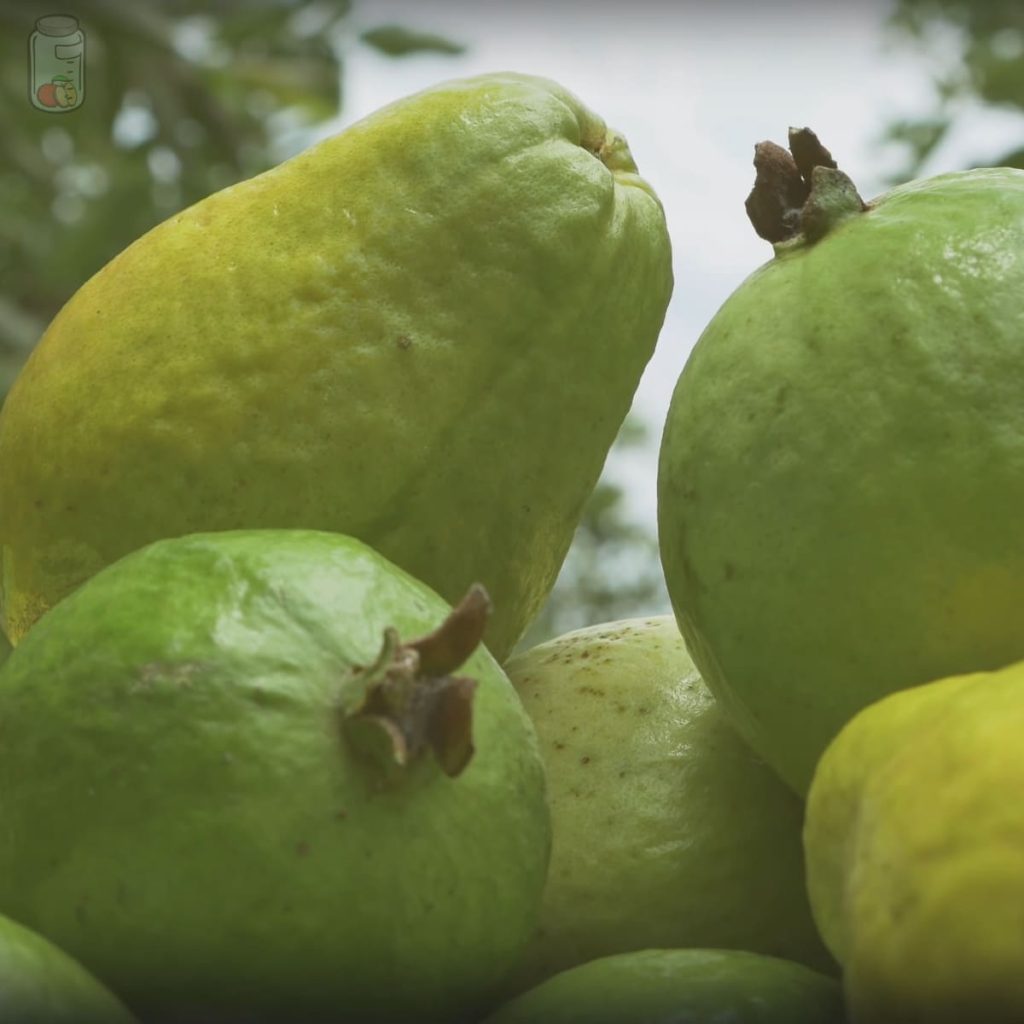
If you keep reading, you will learn how to preserve guava correctly.
How to store guava at room temperature
If the guavas are ripe (when you squeeze the fruit sinks a little), they should go straight to the fridge; however, if the guava is hard, then you should leave it at room temperature for a couple of days.
You do not need to wash them, but you can remove dirt or moisture with a clean dishcloth or absorbent paper. Then you can leave it in a basket or container, which you must cover with a clean and dry towel.
Place the basket with guavas where the light does not hit directly; it has to be kept cool and dry too. This way, guavas can last between 2 and 3 days at room temperature.
I advise you to check the condition of guavas every day because once they reach maturity, they could be quickly damaged.
How to store guava in the fridge
If the guavas you have are fully ripe, then they should be stored in the refrigerator as follows:
- Step 1: Clean the guavas.
I do not advise washing them with water, but you can remove the dirt or moisture with a clean paper towel.
- Step 2: Put the guavas in an airtight container.
You can place guavas inside an airtight bag or container, especially if you put them next to other fruits that emit gases, such as apples or oranges because it makes the fruits near them ripen faster.
- Step 3: Store the guavas in the fridge.
Place the fruit in the drawer or compartment where you keep the vegetables, although it would be best to place them away from other fruits, as I explained in the previous step.
Guava can be inside the fridge for between 2 and 4 days. After this time, it will rot. [1]
How to freeze guava
Can guavas be frozen? Freezing guavas is an excellent way to store them for a long season if you do it correctly. However, keep in mind that the longer you keep them frozen, you increase the chances of losing a bit of sweetness.
To freeze guavas, follow the instructions below:
- Step 1: Wash the guavas.
Wash each guava with plenty of water, rubbing its skin well to remove all the dirt.
- Step 2: Peel and chop the guava.
Although the skin of guava is thin and edible, you can remove it with a peeler and then chop it in half or quarters. You can also freeze the whole guava but cannot apply the trick to keep it flavored.
- Step 3: Transfer the guava to a sturdy container.
Now place the guava, whole or chopped, inside an airtight bag or container that can withstand the freezer.
Before closing it, you can apply the following trick so that the guava does not lose flavor. Pour simple syrup over the chopped fruit until it is completely covered, but leave one finger unfilled so that when frozen, it can expand.
You have to prepare this syrup with equal parts of water and sugar and take it to the stove until you see it boiling.
If you want to freeze the whole guava, wrap it with plastic film and then put it in an airtight bag or container that is suitable to be in the freezer for a long time.
- Step 4: Write the storage date of the guava.
You can write the date on the bag or container, stick adhesive tape and place the date on top, or stick a label with that information.
- Step 5: Freeze the guava.
Guava chopped and covered with simple syrup can be frozen for 12 months. Guava without syrup can last the same, but it will not retain its flavor, so it is best consumed before three months.
You can thaw and refreeze guava as often as you want, as long as you’ve thawed it in the fridge, but its taste and consistency will worsen every time you do.
Thawed guava can be refrigerated for two days. But I advise dividing the guava and thawing the portions you want.
How to preserve guava juice
If you prepare guava juice, you could store it in two ways, in the fridge or the freezer. To refrigerate guava juice, I advise you not to keep it with ice because it will melt, and the juice flavor will dilute.
Guava juice can last 3 to 5 days in the fridge.
To freeze it, do what I indicate below:
- Step 1: Pour the guava juice into a sturdy bag or container.
The first thing is to fill the bag or container only partially with the juice because when it freezes, it will expand. In this way, it will have space for it.
You can also pour guava juice into a tray to make ice cubes, freeze it for four hours and then pass it into a sturdy bag or container.
- Step 2: Write down the date of preparation of guava juice.
You can write the date on the bag, place a date label, or write it down on a tape attached to the container.
- Step 3: Store the guava juice in the freezer.
In this way, you can freeze the guava juice for a year. Then, to thaw it, you have to put the juice a day before the fridge, where it can be up to three days.
You can also refreeze the guava juice as often as you want, but the flavor will decrease each time. If you thaw the guava juice at room temperature, you should consume it the same day, as you cannot refrigerate or freeze it again.
How to preserve guava paste (recipe)
With guava, you can prepare a sweet similar to one of the most famous, the quince paste (check its storage on the link). Therefore, you can keep it in three ways: at room temperature, inside the fridge, or in the freezer, and the way to store them is similar in all three cases.
To prepare the guava paste, you will need a kilogram of sugar, a cup of orange juice, and water for each kilogram of crushed guava.
- Step 1: Wash and chop the guavas.
Wash each guava well with plenty of water, then chop them in quarters.
- Step 2: Boil the guavas.
Now put the chopped guavas in a pot with water and cook for 30 minutes to soften.
- Step 3: Crush the guavas.
Put the guavas inside a sink, but in this case, it will be better to use an immersion blender and blend until it forms a paste. Or you can crush it with a fork or potato crusher.
- Step 4: Make the guava paste.
Pour the crushed guava, sugar, and orange juice into a thick-bottomed pot. Cook over low heat for two hours, constantly stirring, until the paste reaches the desired consistency.
Please wait to cool a bit before pouring it into a mold; after that, it will be ready.
- Step 5: Wrap the pieces of guava paste.
Cover each of the pieces of guava paste with plastic film.
- Step 6: Put the pieces inside an airtight container.
Place the wrapped pieces inside an airtight container or bag. These must be resistant to the freezer in case you freeze them.
- Step 7: Write the storage date of the guava paste.
Write the date with a marker on the bag or a piece of tape that you have stuck to the container. You can also attach a label with that information.
- Step 8: Save the guava paste.
If you store your paste in a dry, moisture-free, and dark place, guava paste can be at room temperature for 6 to 8 months.
If you live in an extremely hot place, you can place the paste in the coldest part of your fridge so that the guava paste can be refrigerated for 1 to 2 years.
But if you want to keep it longer, you can freeze the guava paste for 2 to 5 years.
How to preserve guava jam
Many people misname guava paste with this recipe, but those are different products. For every kilo of guava, you will need 2 cups or half a kilo of sugar, the juice of a lemon, and, optionally, you can use a sprig of cinnamon and anise.
- Step 1: Wash and chop the guavas.
Before cutting the fruit, you should always wash them with plenty of water, remove the skin, and chop them in half.
- Step 2: Boil and crush the guavas.
Put the chopped guavas in a pot of water and cook for 15 minutes. Then, remove the guavas and blend or crush them, depending on how you like the consistency of the jam.
- Step 3: Prepare the guava jam.
Now add the liquefied or crushed guava in a thick-bottomed pot, with the sugar, lemon juice, cinnamon stick, and anise, along with a cup of water, and cook over medium heat for 20 minutes or until you get the desired consistency. When the jam is ready, remove the cinnamon stick and anise.
- Step 4: Transfer the guava jam to the jar.
I advise you to use jars with airtight or screw lids to store the jam; you must have sterilized these jars for 15 minutes in boiling water.
When the guava jam is cold, and the jars are completely dry, you can pass it to the containers using a wide-mouth funnel. Do not go to fill the jars; leave at least one finger.
- Step 5: Perform vacuum sealing.
You will need a large, tall, thick-bottomed pot for this process. Place a cloth or rack at the bottom of the pot so the jars will not collide with each other.
Add water to cover the jars, turn on the stove, and boil. When you see it boiling, leave them for 20 or 30 minutes so all the air will come out of the jars due to the pressure.
After this time, turn off the stove and do not remove the jars until the water cools.
- Step 6: Remove the jars.
Once cool, remove the jars with the guava jam and leave them in a shady place until they cool completely, which can take between 6 and 12 hours.
- Step 7: Write down the date of storage of the jam.
You can attach a label with the date of storage to the jars or tape a piece of paper with the date.
- Step 8: Save the guava jam.
You can store the jam in your pantry if the weather does not exceed 25°C (77°F). There, the guava jam remains for 10 or 12 months at room temperature if sealed; otherwise, the guava jam will stay between 3 or 4 months.
If you reside in a place with a temperature higher than 25°C, then I recommend keeping the guava jam in the fridge. If sealed, the jam can last between 12 and 18 months refrigerated; after it has been uncovered, it will last six months.
If you want to freeze the guava jam, I advise you to pass it to a bag or container suitable for freezing. This way, the guava jam can last 2 to 5 years in the freezer.
How to know if guava got bad?
If your guavas become so watery that when you touch them, they fall apart, they already rot, and you must throw them away.
Similarly, if guavas get mold (black or white spots or lint), they are already wholly contaminated and should not be eaten, or you will end up intoxicated or with stomach pain.
Other signs that guavas are bad are when they give off a foul smell or have a strange or bad taste.
How long does guava last?
| Product | Duration |
| Green guava at room temperature | 2 – 3 days |
| Ripe guava in the fridge | 2 – 4 days |
| Frozen guava | 3 months |
| Frozen guava in simple syrup | 12 months |
| Guava juice in the fridge | 3 – 5 days |
| Guava juice in the freezer | 1 year |
| Guava paste at room temperature | 6 – 8 months |
| Guava paste in the fridge | 1 – 2 years |
| Guava paste in the fridge | 2 – 5 years |
| Guava jam at room temperature (sealed) | 10 – 12 months |
| Guava jam at room temperature (unsealed) | 3 – 4 months |
| Guava jam in the fridge (sealed) | 12 – 18 months |
| Guava jam in the fridge (opened) | 6 months |
| Frozen guava jam | 2 – 5 years |
What is the best way to preserve guava?
Fresh guava keeps better in the fridge, as you can keep it without any changes. But if the guava is still green, you should leave it at room temperature for a few days.
You can freeze guava to store it for a long time, but if you keep it whole or chopped, it may lose its flavor, so I recommend that you immerse it in simple syrup before putting it in the freezer.
Guava juice can be kept in good condition for a few days in the fridge and longer if you freeze it.
Other alternatives that could be considered a good form of storage consist of making a jam or guava paste. Both cases are kept for a long time at room temperature.
But you could extend that time much longer if you store the paste or guava jam cold, that is, in the refrigerator or freezer.
You can learn how to store other types of fruits on this website, as I have an extensive list of topics focused on conservation, so feel free to explore whatever you want.

